
Explore Forts
- Forts in Sri Lanka were built in the pre-colonial period by the Sinhalese kings and the colonial period by the Portuguese, the Dutch, and the British.
The most significant and well-known fortification in the pre-colonial era is Sigiriya which was built by King Kashyapa in the 4th century BC. However, long before Sigiriya was built, the fortification of Vijithapura was constructed. The exact location of Vijithapura was unknown. Many historians are believed that it was near the Kala wewa reservoir.
The fortress at Mapagala, located close to the Sigiriya rock and the Sigiriya tank was built between the 1st and 4th centuries BC, before the built of a fortress atop Sigiriya rock. The more recent remains of forts at Sitawaka and the Balana belongs to the 16th and 17th centuries can be seen in Avissawella and Kadugannawa area.
Most of the available forts and fortifications in Sri Lanka are belong to the colonial era. The Portuguese, the Dutch, and the British who control the country or part of the country since 1505 built those forts and fortifications because they had to build them to keep at bay the unsubdued Inland Sinhalese Kings and their larger treading rivals.
When the Portuguese landed in the 16th century, the first area they conquered and built their first fort in Sri Lanka was then known as "kolomthota" by the locals. Today, it is called Colombo. The Portuguese fort of Colombo was captured by the Dutch in1656. They reduced and confined the fort to the western part of the Colombo – this area still known as the “Fort” of Colombo. They also laid out streets in a more regular grid pattern and are still so today. The arch of the East or Delft Gate of the fort of Colombo has been restored and can be seen.
Apart from the fort of Colombo, the Portuguese built several more fortifications in the coastal regions of the island. Fort Frederick in Trincomalee and the Galle fort are a few of them. All of these Portuguese fortifications were conquered by the Dutch after overcoming much vigorous resistance. Because of heavy fighting, most of the forts extensively damaged and were rebuilt and strengthened by the Dutch.
The Dutch make up a national scheme for the Island as a whole, and grouping the forts in the following sequence:
Western Group - Colombo Fort – Chief Fort
- Kalutara Fort
- Bentota Fort
- Negambo Fort
- Kalpitiya Fort
Southern Group - Galle Fort – Chief Fort
- Matara Fort
- Tangalle Fort
- Hambantota Fort
- Katuwana Fort
Northern Group - Jaffna Fort – Chief Fort
- Hammenhiel Fort
- ElephantPass Fort
- Poonaryn Fort
- Kayts Fort
- Delft Fort
- Mannar Fort
- Arippu Fort
East Coast - Batticaloa Fort – Chief Fort
- Fort Frederick, Trincomalee
In 1796 the British diplomatically captured the Dutch controlling area including forts causing little or no damage to them.
The British were increased and strengthened their ordnance and tropes at first but no distinguishing features apart from their gables to the forts built by the Dutch. Later on, the British, also, built Martello tower in Hambantota and Fort MacDowall in Matale their own forts. The British decided to build Colombo as Island’s capital city and the main harbor in order to that Colombo fort was demolished.
At present, a few forts have been using for civil activities. Negambo fort as a jail, Batticaloa fort as a District secretariat, and Star fort Matara as a museum. All the forts are under the control of the Department of Archaeology.
- Forts in Sri Lanka were built in the pre-colonial period by the Sinhalese kings and the colonial period by the Portuguese, the Dutch, and the British.
The most significant and well-known fortification in the pre-colonial era is Sigiriya which was built by King Kashyapa in the 4th century BC. However, long before Sigiriya was built, the fortification of Vijithapura was constructed. The exact location of Vijithapura was unknown. Many historians are believed that it was near the Kala wewa reservoir.
The fortress at Mapagala, located close to the Sigiriya rock and the Sigiriya tank was built between the 1st and 4th centuries BC, before the built of a fortress atop Sigiriya rock. The more recent remains of forts at Sitawaka and the Balana belongs to the 16th and 17th centuries can be seen in Avissawella and Kadugannawa area.
Most of the available forts and fortifications in Sri Lanka are belong to the colonial era. The Portuguese, the Dutch, and the British who control the country or part of the country since 1505 built those forts and fortifications because they had to build them to keep at bay the unsubdued Inland Sinhalese Kings and their larger treading rivals.
When the Portuguese landed in the 16th century, the first area they conquered and built their first fort in Sri Lanka was then known as "kolomthota" by the locals. Today, it is called Colombo. The Portuguese fort of Colombo was captured by the Dutch in1656. They reduced and confined the fort to the western part of the Colombo – this area still known as the “Fort” of Colombo. They also laid out streets in a more regular grid pattern and are still so today. The arch of the East or Delft Gate of the fort of Colombo has been restored and can be seen.
Apart from the fort of Colombo, the Portuguese built several more fortifications in the coastal regions of the island. Fort Frederick in Trincomalee and the Galle fort are a few of them. All of these Portuguese fortifications were conquered by the Dutch after overcoming much vigorous resistance. Because of heavy fighting, most of the forts extensively damaged and were rebuilt and strengthened by the Dutch.
The Dutch make up a national scheme for the Island as a whole, and grouping the forts in the following sequence:
Western Group - Colombo Fort – Chief Fort
- Kalutara Fort
- Bentota Fort
- Negambo Fort
- Kalpitiya Fort
Southern Group - Galle Fort – Chief Fort
- Matara Fort
- Tangalle Fort
- Hambantota Fort
- Katuwana Fort
Northern Group - Jaffna Fort – Chief Fort
- Hammenhiel Fort
- ElephantPass Fort
- Poonaryn Fort
- Kayts Fort
- Delft Fort
- Mannar Fort
- Arippu Fort
East Coast - Batticaloa Fort – Chief Fort
- Fort Frederick, Trincomalee
In 1796 the British diplomatically captured the Dutch controlling area including forts causing little or no damage to them.
The British were increased and strengthened their ordnance and tropes at first but no distinguishing features apart from their gables to the forts built by the Dutch. Later on, the British, also, built Martello tower in Hambantota and Fort MacDowall in Matale their own forts. The British decided to build Colombo as Island’s capital city and the main harbor in order to that Colombo fort was demolished.
At present, a few forts have been using for civil activities. Negambo fort as a jail, Batticaloa fort as a District secretariat, and Star fort Matara as a museum. All the forts are under the control of the Department of Archaeology.
Fantastic Activities in Explore Forts
Star Fort Matara, Matara Fort, Old Nupe market
MIRISSA
- Star Fort Matara is located on the eastern bank...
Read More
Katuwana Dutch fort
TANGALLE
- Katuwana Dutch fort was built by the Dutch in 1646. It was an...
Read More

 +39 - 39 - 307 6 3730
+39 - 39 - 307 6 3730 +94 - 74 - 000 9208
+94 - 74 - 000 9208









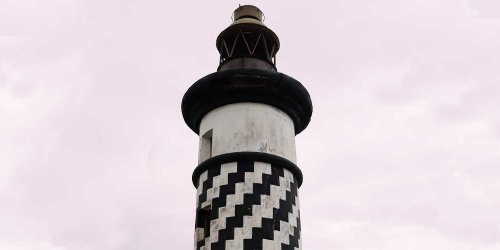







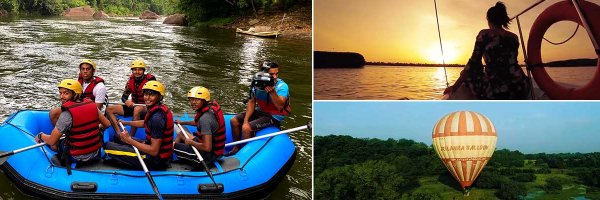





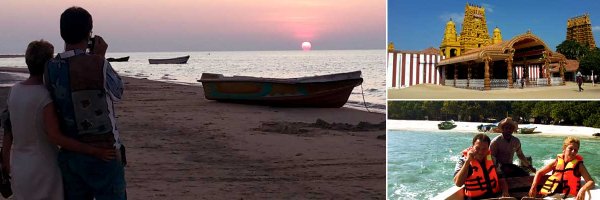
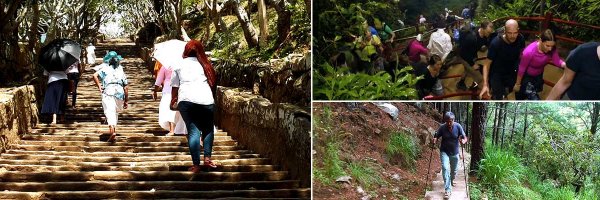
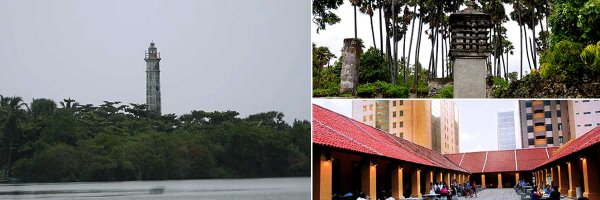

Share this page